Genre: ACTION / ANIMATION / DRAMA / SCI-FI / FANTASY
Release Dates: SEPTEMBER 17, 2004
Trailers:
Official Websites
Taglines
When machines learn to feel, who decides what is human.
Innocence is Life

Production Company: Bandai Visual
Synopsis:
Batô is a living cyborg. His whole body, even his arms and legs, are entirely man-made. What only remains are traces of his brain and the memories of a woman. In an era when the boundary between humans and machines has become infinitely vague, Humans have forgotten that they are humans. This is the debauchery of the lonesome ghost of a man, who nevertheless seeks to retain humanity. Innocence… Is what life is.
Crew: Mamoru Oshi (director and screenplay ); Masamune Shirow (comic writer); Mitsuhisa Ishikawa and Toshio Suzuki (producer); Ryuji Mitsumoto (line producer)
Cast: Akio Ôtsuka as Batô (voice), Atsuko Tanaka as Major Motoko Kusanagi (voice), Kôichi Yamadera as Togusa (voice), Tamio Oki as Section 9 Department Chief Aramaki (voice), Yutaka Nakano as Ishikawa (voice), Naoto Takenaka as Kim (voice), Peter Emshwiller as Guard/Terrorist (voice), Hiroaki Hirata as Koga (voice), Sumi Mutoh as On’na no ko (voice), Yoshiko Sakakibara as Haraway (voice) and Masaki Terasoma as Azuma (voice)
Studio: DreamWorks / Go Fish Pictures
Other Info:
MESSAGE FROM DIRECTOR MAMORU OSHII:
“Why do people attempt to create clones of themselves?”
Economic recession… corporate downsizing… violent crime… We live in a cruel and frightening world. For some time now, I’ve been working in the animation industry – a sinful world unto itself – and frankly, have gotten tired of dealing with people in general. Sometimes, I imagine eliminating all human interaction and spending the rest of my life at home in Atami, relaxing and soaking in a hot spring. I feel old – every day, I have to force myself to go to work. It is this culture of fear and anxiety that I want to depict cinematically. This film is about the future of humanity, which I’m very much interested in.
There are no human beings in Innocence. The characters are all human-shaped dolls, i.e., robots. For some reason, people have always created robots in their own image. I wonder why? I don’t suppose that the human figure is the most practical shape for industrial robots. What is it about people that make them do such illogical things? I thought that exploring this question from the doll’s point of view would help me better understand human nature.
Batou, the main character of Innocence, is our guide throughout the film. While investigating a case involving malfunctioning androids that went berserk, Batou encounters various types of dolls: a broken android who has gone mute, a female robot who looks exactly like a human, a group of dolls burned in effigy by a mob of humans, and a man who willingly transforms himself into a corpse and flatters himself that he has transcended human limitations. Through this experience and a series of battles, Batou is wounded and further mechanizes his body – gradually becoming more and more like an inorganic doll.
The dolls that Batou meets have their own outlook on humanity. Each doll, from their non-human point of view, examines such human traits as arrogance and deceitfulness. Batou and his partner Togusa (who is mostly human and thus representing the viewer) embark on a journey through hell that forces them to ponder the meaning of human existence. Batou’s function is to drive the narrative forward, leading the audience vicariously through Togusa.
This movie does not hold the view that the world revolves around the human race. Instead, it concludes that all forms of life – humans, animals, and robots – are equal. In this day and age when everything is uncertain, we should all think about what to value in life and how to coexist with others.
We all need friends, family, and lovers. We can’t live alone. In the year 2032, when this movie takes place, robots and electronic beings have become necessary companions to people. Actually, that time has come already.
What we need today is not some kind of anthropocentric humanism. Humanity has reached its limits. I believe that we must now broaden our horizons and philosophize about life from a larger perspective. With this film, I hope to reflect upon the uneasiness that pervades the world today. Under such conditions, what is the meaning of human existence?
VARIOUS PRODUCTION NOTES
If our gods and our hopes are
nothing but scientific phenomena,
then it must be said that our love
is scientific as well.
–Villiers de L’Isle-Adam “L’Eve Future”
Nine years ago, writer/director Mamoru Oshii’s widely influential “Ghost in the Shell” burst onto the international film scene, becoming one of the most successful anime films of all time. Now, Oshii returns with the long-awaited sequel “Ghost in the Shell 2: Innocence.”
“Ghost in the Shell 2: Innocence” is set in 2032, when the line between humans and machines has been blurred almost beyond distinction. Humans have virtually forgotten what it means to be entirely human in both body and spirit, and the few humans that are left coexist with cyborgs (human spirits inhabiting entirely mechanized bodies) and dolls (robots with no human elements at all).
Batou is a cyborg. His body is artificial: the only remnants left of his humanity are traces of his brain…and the memories of a woman called The Major. A detective for the government’s covert anti-terrorist unit, Public Security Section 9, Batou is investigating the case of a gynoid—a hyper-realistic female robot created specifically for sexual companionship—who malfunctions and slaughters her owner.
As Batou delves deeper into the investigation, questions arise about humanity’s need to immortalize its image in dolls. Together, Batou and his partner must take on violent Yakuza thugs, devious hackers, government bureaucrats and corporate criminals to uncover the shocking truth behind the crime.
“Ghost in the Shell 2: Innocence” is the story of a solitary cyborg who desperately wants to hold on to what’s left of his humanity in a world where the worth of the human soul is fading almost into obscurity.
“Ghost in the Shell 2: Innocence” was written and directed by Mamoru Oshii based on an original story by Shirow Masamune. Mitsuhisa Ishikawa and Toshio Suzuki produced the film. It is the second anime film to be released under the banner of Go Fish Pictures, a division of DreamWorks Pictures.
“Ghost in the Shell 2: Innocence” was the first anime film ever to compete for the Cannes International Film Festival’s coveted Palme d’Or. It also joined the ranks of such animated classics as “Dumbo” (1947), “Peter Pan” (1953), “Fantastic Planet” (1973), “Shrek” (2001) and “Shrek 2” (2004) to become only the sixth animated film to compete at Cannes.
ABOUT THE PRODUCTION
NEW CHALLENGES
Birds never peck at green persimmons,
they wait until the fruit is ripe.
–Detective
While the first “Ghost in the Shell” was said to have been based on the original story by comic artist Shirow Masamune, both that movie and “Ghost in the Shell 2: Innocence” have original storylines, created by Oshii, that are different from those of the original mangas. Oshii comments, “It’s not always important for a director to faithfully follow the original story when making a movie from it, as movies and novels, or movies and comics, are completely different things.”
Shirow noted that the first request to make “Ghost in the Shell 2: Innocence” came in from Production I.G, one of Japan’s most cutting-edge animation studios, which is well-known as the creator of “Ghost in the Shell,” as well as such titles as “Patlabor,” “Neon Genesis Evangelion,” “Blood: The Last Vampire,” “Jin-Roh,” and the animation segment in Quentin Tarantino’s international hit “Kill Bill: Vol. 1.” He said he needed no input into the film as long as it was being directed by Oshii and produced at Production I.G, the only animation studio with which Oshii chooses to create his anime titles.
“Mr. Shirow basically told me that he’d leave everything about the movie entirely to me. He did not need to approve of the script or storyboard. I had full freedom on both movies,” says Oshii, whose overall outlook on the world bears some similarities to that of Shirow, although they diverge on some of the details.
In 1995, Oshii and Production I.G thrilled moviegoers with “Ghost in the Shell,” a cyberpunk action anime about cyborg cops battling terrorist hackers. At the end of the film, the hero, Major Motoko Kusanagi, abandons her technologically enhanced body or “shell” to become pure soul or “ghost,” and disappears into cyberspace. It was a provocative conclusion to a film that posed questions about the nature of what it is to be human.
Oshii’s striking visual style brought him international attention and a devoted following. “Ghost in the Shell” was distributed theatrically in the US and Europe, and topped Billboard magazine’s video sales chart in 1996. The movie’s impact on the film community was even more pronounced: It reportedly influenced such notable filmmakers as James Cameron, Quentin Tarantino, and the Wachowski brothers, a testament to the extraordinary vision of its creator.
The sequel, “Ghost in the Shell 2: Innocence” marks a new creative milestone for Oshii and Production I.G. It was four years in the making from development to completion—the festival segment alone took more than one year to accomplish.
The film also marks a blend of traditional and computer animation, with all the characters drawn in 2D animation, and all the machinery and backgrounds rendered entirely in 3D animation.
Oshii’s research for “Ghost in the Shell 2: Innocence” took him around the world, from New York to Taiwan, from Berlin to the La Specola Museum in Florence and to the gothic cathedral of Milan, among other locations.
PHILOSOPHY FOR THE GHOST
A fine spring day, a carriage sprints
between this world and the next.
–Batou
In his restless investigation into the meaning of existence and the human soul, Oshii draws on literature and philosophy, spanning the globe and the centuries, and quoting from such far-flung sources as the Old Testament and the Analects of Confucius, as well as such legendary “thinkers” as Isaac Asimov, René Descartes, and Jakob Grimm among many others.
Oshii deals with a moral and spiritual crisis he sees as stemming from the advent of ever more powerful technology, noting “With cell phones and the Internet, people’s perceptions have expanded, but they’re unaware of how this has made their bodies obsolete.”
“Ghost in the Shell 2: Innocence” envisions a day when humans are just a minority surrounded by robots, cyborgs, and people who have chosen to transfer their “spirits” into artificial and genderless bodies. Batou, Oshii’s self-proclaimed alter ego, guides the audience through his vision of year 2032, where he grapples with different choices of “life.”
“This movie does not hold the view that the world revolves around the human race," says Oshii. “Instead, it concludes that all forms of life—humans, animals and robots—are equal. In this day and age when everything is uncertain, we should all think about what to value in life and how to coexist with others. What we need today is not some kind of anthropocentric humanism,” Oshii continues. “Humanity has reached its limits. I believe that we must now broaden our horizons and philosophize about life from a larger perspective.”
HUMANISM…
If the dolls could speak,
no doubt they’d scream,
“I didn’t want to become human…”
–Major Motoko Kusanagi
The film also constantly and consistently questions humanism, which Oshii strongly believes is being forgotten or increasingly made more ambiguous by humans. “In order to understand humans, you must have a comparison to humans. It’s always difficult to look at yourself from an objective point of view. In this film I used dolls and dogs,” says Oshii.
…OF DOLLS
The human is no match for a doll,
in its form, its elegance in motion, its very being.
The inadequacies of human awareness
become the inadequacies of life’s reality.
–Kim
For 30 years, Mamoru Oshii has wanted to explore the theme of dolls. When he was a student, Oshii fell in love with photographs of a ball-jointed doll by Polish-born surrealist artist Hans Bellmer (1902-1975). “Each body part of Bellmer’s ball-jointed doll is crafted so beautifully, you never get bored looking at it,” Oshii remarks.
Before starting production on “Ghost in the Shell 2: Innocence,” the director and his principal crew went “doll scouting” both inside and outside Japan. At a museum in Sapporo, they saw a life-size, ball-jointed doll by Simon Yotsuya, one of Japan’s leading artists in the field, that was modeled after himself. That doll became an inspiration for the villain in the film, Kim.
Subsequently, Oshii and his staff got ideas for the design of Kim’s mansion from a dollhouse and giant music box they saw in Atami, a hot-springs town about 65 miles east of Tokyo. It was during this time that the filmmakers decided the dolls in the movie should have a “bisque” texture. Bisque refers to a type of doll whose surface is smooth like porcelain but not cold like glass. In the movie, this particular quality is reflected most noticeably in the whiter complexion of the dolls.
At the International Center of Photography in New York, Oshii was reunited after 30 years with his “first love”: Bellmer’s doll photo, which normally resides at the Pompidou Center in Paris. It had a profound impact on his vision for “Ghost in the Shell 2: Innocence.” Then, in Berlin, he was introduced to the dolls that supposedly influenced Bellmer, and at La Specola in Italy, he saw wax anatomical models that were molded from actual corpses.
New York City, where Oshii was reunited with Bellmer’s work, also played a major role in the visual landscape of “Ghost in the Shell 2: Innocence.” The director offers, “The only reason I went to New York was to see Bellmer’s doll. I wasn’t thinking about scouting locations, but as it turned out, New York was the city with the definitive gothic atmosphere that I had been seeking. It’s a city of ominous skyscrapers and perpendicular lines. Wherever you go, you’re surrounded by flat, perpendicular surfaces, and the city is completely closed off because there is no distant view whatsoever.
“When I saw beams of light coming through the gap between high-rise buildings, the whole megalopolis suddenly felt like an enormous temple,” Oshii continues. “I was reminded of the sensation I got during location scouting for the first “Ghost in the Shell,” when a sudden rainstorm transformed the entire city of Hong Kong into an enormous canal before my eyes.”
Inspired, Oshii bought dozens of New York photo books and told his art director to do extensive research in Chinatown. The gothic architectural style perfectly conveyed the inner turmoil of the protagonist, Batou, as he wanders the streets carrying the memory of his love, Motoko. So, for the production design of “Ghost in the Shell 2: Innocence,” which is set in an unspecified Asian city in the not-so-distant future, Oshii decided to go with a style he labeled “Chinese Gothic,” which emphasizes a mysteriously foreign ambience in the story.
…AND DOGS
There’s one more kind of existence
in common with dolls and deities.
–Kim
One question repeats throughout the film: Why are humans so obsessed with recreating themselves?
Dolls are duplicates of human beings, perhaps representing the attempt to realize eternity—the ultimate beauty transcending human status. With his mechanized body and lack of visible affect, Batou himself is somewhere between a man and a grotesque giant doll. Only his devotion to his pet Basset Hound and his silent longing for the Major are reminders of his humanity.
The Basset Hound is modeled after Oshii’s own dog, Gabriel, who makes an appearance in every film by the director. Oshii is an ardent dog lover, as evidenced by the fact that ten years ago, in order to find an ideal enviroment to live with his dogs (he also has a mutt named Daniel), he moved from Tokyo to Atami. Because he works five days a week in Tokyo, his weekends with his dogs give him immeasurable joy. “As humans have become more ‘mind-oriented’ and the environment has become more urban, some have forgotten the idea of the human body,” says Oshii. “As far as they’re concerned, the human body does not exist anymore. The reason that people of today choose to have dogs is that they’re looking for a substitute to the human body.”
FOLLOW ME
Into the light beyond the tears
And all the years we have wasted.
–H. Kretzmer/H. Shaper
One of the producers of “Ghost in the Shell 2: Innocence” is Studio Ghibli’s Toshio Suzuki, who has produced the work of two of Japan’s foremost animators, Isao Takahata and Hayao Miyazaki. This unexpected collaboration between Oshii and Suzuki became a reality when Suzuki was asked to come on board by the other producer, Producion I.G’s Mitsuhisa Ishikawa.
Though Oshii and Suzuki have known each other for 20 years, they hadn’t worked together for 18 of those years. As soon as Suzuki joined the project he went to work studying the script and storyboards thoroughly. During this phase, it was Suzuki who came up with two important ideas, the first of which was the title “Innocence”—a word found nowhere in the script—and the second being to use a song entitled Follow Me as the theme of the movie.
Jazz singer Kimiko Itoh’s “Follow Me,” set to the second movement of Joaquin Rodrigo’s famed Concerto de Aranjuez (made famous on Miles Davis’ seminal Sketches of Spain album), is one of Suzuki’s favorite songs and one he had long wanted to use in a movie. Suzuki suggested that using “Follow Me” in the scene where Batou finally reunites with Motoko would help clarify the theme of the film.
Follow Me
Music by J. Rodrigo, lyrics by H. Kretzmer/H. Shaper
Ediciones Joaquin Rodrigo, Madrid
Follow me to a land across the shining sea
Waiting beyond the world we have known
Beyond the world the dream could be
And the joy we have tasted.
Follow me along the road that only love can see
Rising above the fun years of the night
Into the light beyond the tears
And all the years we have wasted.
Follow me to a distant land this mountain high
Where all the music that we always kept inside will fill the sky
Singing in the silent swerve a heart is free
While the world goes on turning and turning
Turning and falling.
MAMORU OSHII SAYS…
Life and death come and go
like marionettes dancing on a table.
Once their strings are cut,
they easily crumble.
“Economic recession… corporate downsizing… violent crime… We live in a cruel and frightening world. For some time now, I’ve been working in the animation industry—a sinful world unto itself—and frankly, have gotten tired of dealing with people in general. Sometimes, I imagine eliminating all human interaction and spending the rest of my life at home in Atami, relaxing and soaking in a hot spring. I feel old—every day, I have to force myself to go to work. It is this culture of fear and anxiety that I want to depict cinematically. This film is about the future of humanity, which I’m very much interested in.”
“There are no human beings in “Ghost in the Shell 2: Innocence.” The characters are all human-shaped dolls, i.e., robots. For some reason, people have always created robots in their own image. I wonder why? I don’t suppose that the human figure is the most practical shape for industrial robots. What is it about people that make them do such illogical things? I thought that exploring this question from the doll’s point of view would help me better understand human nature.”
“Batou, the main character of “Ghost in the Shell 2: Innocence,” is our guide throughout the film. While investigating a case involving malfunctioning androids that went berserk, Batou encounters various types of dolls: a broken android who has gone mute; a female robot who looks exactly like a human; a group of dolls burned in effigy by a mob of humans; and a man who willingly transforms himself into a corpse and flatters himself that he has transcended human limitations. Through this experience and a series of battles, Batou is wounded and further mechanizes his body—gradually becoming more and more like an inorganic doll. The dolls that Batou meets have their own outlook on humanity. Each doll, from their non-human point of view, examines such human traits as arrogance and deceitfulness. Batou and his partner Togusa (who is mostly human and thus representing the viewer) embark on a journey through hell that forces them to ponder the meaning of human existence. Batou’s function is to drive the narrative forward, leading the audience vicariously through Togusa.”
“This movie does not hold the view that the world revolves around the human race. Instead, it concludes that all forms of life—humans, animals, and robots—are equal. In this day and age when everything is uncertain, we should all think about what to value in life and how to coexist with others. We all need friends, family, and lovers. We can’t live alone. In the year 2032, when this movie takes place, robots and electronic beings have become necessary companions to people. Actually, that time has come already. What we need today is not some kind of anthropocentric humanism. Humanity has reached its limits. I believe that we must now broaden our horizons and philosophize about life from a larger perspective. With this film, I hope to reflect upon the uneasiness that pervades the world today. Under such conditions, what is the meaning of human existence?”
ABOUT THE CAST
AKIO OHTSUKA (Batou) is an accomplished stage actor, in addition to his extensive animation and voiceover work. He is also often called upon to do the Japanese dubbing of foreign-language films and television projects. His credits include “Porco Rosso,” “Black Jack” and “Nadia – The Secret of Blue Water.”
ATSUKO TANAKA (Motoko Kusanagi) reprises the role she voiced in the first “Ghost in the Shell.” Tanaka is well known as a voice actress who can play a wide range of roles, from maternal to femme fatale. For the Japanese versions of major feature films, she has dubbed the voices of such actresses as Nicole Kidman and Gwyneth Paltrow.
KOICHI YAMADERA (Togusa), in addition to being a busy actor and voiceover artist, hosts a popular children’s television show television show called “Ohasuta.” His notable animation credits include the role of Spike in “Cowboy Bebop,” Jubei Kibagami in “Ninja Scroll” and Ryoji Kaji in “Neon Genesis Evangelion.”
NAOTO TAKENAKA (Kim) is one of the most sought-after supporting actors in Japanese cinema. He is also familiar to American audiences for his performance in “Shall We Dance?” A multi-talented artist, he’s also a filmmaker and a photographer. Takenaka previously worked with Mamoru Oshii on “Patlabor 2: The Movie.”
RUBY (Basset Hound) is a real basset hound who performed her best barks and howls at the high-tech facilities of Skywalker Sound studios to give voice to Batou’s hyper-affectionate onscreen pet.
ABOUT THE FILMMAKERS
MAMORU OSHII (Director/Screenwriter), born in Tokyo, is one of the most remarkable personalities in modern Japanese filmmaking. He succeeded in introducing the complexity of fanta-politics and introspective philosophical speculation into the world of animation. He joined Tatsunoko Production in 1977, and then moved to Studio Pierrot upon its formation. At Studio Pierrot, Oshii became the chief director of the 1981 anime television series “Urusei Yatsura,” based on the popular manga artist Rumiko Takahashi’s bestseller. For three years the show was a ratings success, bringing Oshii into the spotlight.
In 1983, Oshii made his feature film debut with “Urusei Yatsura: Only You,” but his first major success came the following year with “Urusei Yatsura 2: Beautiful Dreamer,” a surrealistic re-interpretation of Rumiko Takahashi’s world, that won enthusiastic acclaim from many film critics. However, after directing the enigmatic “Angel’s Egg” in 1985, he turned his back on mass entertainment and started making both animated and live action films that expressed his unique worldview.
In 1988, Oshii became one of the minds behind the name Headgear, the group of talented creators that gave birth to the project entitled “Mobile Police Patlabor.” Other Headgear members included comic artist Masami Yuuki, character designer Akemi Takada (“Urusei Yatsura”), writer Kazunori Ito (“Gamera 2”) and mechanics designer Yutaka Izubuchi (“Gundam 0080,” “Record of Lodoss War”). Starting as a short straight-to-video series and then expanding into a TV series and three movies, “Patlabor” added new realism to the robot genre in animation, introducing serious elements such as coup d’etat and urban terrorism. In 1995, Oshii released the first “Ghost in the Shell,” which gathered a cult following and was better received in the United States and Europe than in his home country. “Ghost in the Shell 2: Innocence,” is his first directorial effort in animation in nine years.
Oshii has also directed a number of live-action features, including “The Red Spectacles” (1986), “Stray Dog” (1991) and “Talking Head” (1992). The world of “The Red Spectacles” and “Stray Dog” was further developed in the animated feature “Jin-Roh – The Wolf Brigade” (1999), produced by Production I.G from Oshii’s script and directed by “Ghost in the Shell 2: Innocence” character designer, Toshiyuki Okiura.
Oshii’s latest live-action film, entitled “Avalon” (2001), filmed entirely in Poland, was presented out of competition in Cannes. With “Avalon,” Oshii experimented for the first time with Domino’s digital editing capabilities, and decided to rely on the same technology for “Ghost in the Shell 2: Innocence,” making it the first animated movie to utilize this process.
Presently, Oshii he enjoys his quiet life with his beloved dogs—a Bassett Hound named Gabriel and a mutt called Daniel—in Atami, Shizuoka Prefecture, developing his next feature film, which he says, “is probably not going to be an anime.”
PRODUCTION I.G (Production Company), the Tokyo-based production house, is perhaps best known to American moviegoers for its work on the animated segment in Quentin Tarantino’s hit “Kill Bill: Vol. 1.”
In 1987, producer Mitsuhisa Ishikawa became partly independent of Tatsunoko Production, where he worked as a production manager for several years. Together with character designer/animator Takayuki Goto, co-founded his own animation production company, IG Tatsunoko – the “I” and “G” being the initials of the two founders’ last names. After becoming fully independent of Tatsunoko, Ishikawa renamed the company Production I.G, which became a major turning point in its history. The company continued to grow rapidly, adding three animation studios under its umbrella, and employing more than 500 people full-time. Ishikawa also won national and international honors from such organizations as the Entrepreneur of the Year, Digital Contents Association of Japan, and Humanities at Lambert University.
Production I.G has produced a number of acclaimed feature films, OVA (original video animation), TV shows, music videos, commercials, and videogames. Their quality of animation and storytelling abilities on such projects as Mamoru Oshii’s “Ghost in the Shell,” Hiroyuki Okiura’s “Jin-Roh” (written by Oshii), and Hiroyuki Kitakubo’s “Blood: The Last Vampire” have not only brought them critical accolades in Japan, but from around the world. The company, which maintains a close relationship with Oshii, produced his two “Patlabor” movies.
Production I.G’s other credits include “Evangelion: Death & Rebirth,” “Sakura Wars: The Movie,” and the television series “Ghost in the Shell: Stand Alone Complex” and its sequel “Ghost in the Shell: 2nd GIG.” Adding another franchise to “Ghost in the Shell,” Production I.G has also co-produced, with Sony Computer Entertainment, a PS-2 game, “Ghost in the Shell: Stand Alone Complex.”
SHIROW MASAMUNE (Original Story) is actually a pseudonym for a Hyogo Prefecture resident, who has not yet revealed his true name or identity, nor has he ever allowed himself to be photographed or appeared in public. Nevertheless, his comics have won the adoration of legions of fans all around the globe, thanks to his information-intensive storytelling technique, spiced with high-tech themes and fanta-political issues, all elements blended into a world of rare complexity, with intricate designs of characters and settings.
He studied at the Osaka University of Arts, and it was at this time that he made his debut in manga with Black Magic, which was published in the fanzine Atlas. After graduating, he became a high school art teacher and also created Appleseed (1985-89), which won him a Galaxy Award for Best Science Fiction Comic in 1986. After five years of teaching, Masamune became disillusioned with education, and devoted himself entirely to making manga. Both the first and second volumes of Ghost in the Shell were published by Kodansha in 1990 and 2001 respectively. In addition to Ghost in the Shell, most of his works have been adapted into animation, including Black Magic M-66 (1987), Dominion Tank Police (1988), and Appleseed (twice, in 1988 and in 2004).
TOSHIHIKO NISHIKUBO (Animation Director) served as the animation director on the first “Ghost in the Shell.” He began his career at Tatsunoko Production and later worked for such companies as Mad House and Tokyo Movie, becoming a protégé of Osamu Dezaki, one of the most respected Japanese animation directors. His collaborations with Dezaki include the 1979 classic “Lady Oscar.” Nishikubo made his animation directorial debut in 1983 with Mitsuru Adachi’s romantic comedy “Miyuki.” His other credits include “Red Beam Zillion,” “Heavenly Sphere Shurato,” “Eiji,” “Video Girl Ai” and “Otogizoushi.”
HIROYUKI OKIURA (Character Designer) was the character designer and animation supervisor on the original “Ghost in the Shell.” Okiura began his career at the age of 16 when he joined the production company Anime R and became a protégé of Moriyasu Taniguchi. He was the animation supervisor on the robot TV show “Bismarck” (known in the USA as “Sabre Rider and the Star Sheriffs”).
Okiura made his feature film directorial debut in 2000 with “Jin-Roh.” His other film credits include serving as the animation supervisor on “Black Magic M-66,” based on a Shirow Masamune comic book; key animator on “Akira”; character designer and animation supervisor on the anime adaptation of Osamu Dazai’s novel “Run, Melos!”; and opening animation director and key animator on “Cowboy Bebop: The Movie.”
ATSUSHI TAKEUCHI (Mechanic Designer, Layout) is one of the creators behind the impressive Festival Segment of “Ghost in the Shell 2: Innocence.” An experienced animator, he specializes in what is commonly known as mechanic design, or the design of machines, vehicles and robots.
After working as key animator on “Patlabor 1: The Movie,” Takeuchi has been a regular presence in Oshii’s works, subsequently credited with the layout on “Patlabor 2: The Movie,” mechanic design and layout on “Ghost in the Shell,” and mechanic design on “Avalon.” Takeuchi’s additional credits include the films “Rhea Gall Force,” “Sol Bianca,” “Ah! My Goddess – The Movie,” “Yukikaze” and “Appleseed.”
YOHEI TANEDA (Production Designer), an experienced production designer for live-action films, is making his feature animation debut with “Ghost in the Shell 2: Innocence”. At the beginning of his career, Taneda worked on Shuji Terayama’s and Shinji Somai’s films as an assistant in the art department. He was promoted to production designer in 1986 on Sogo Ishii’s “1/2 Man.”
In 1996, he designed the enormous set of a fictitious megalopolis for “Swallowtail Butterfly.” Two years later, he won a Hong Kong Film Award for Best Art Direction for “Sleepless Town.” In 2003, he received praise for his work on Quentin Tarantino’s “Kill Bill Vol. 1,” including the House of Blue Leaves set. Not limited to movies, Taneda has worked on a the television show “Private Detective Mike Hama,” and a videogame, “Kamaitachi no Yoru 2.” This year, his work can be seen in two more films, “Hana & Alice” and “69.”
KAZUCHIKA KISE (Supervising Animator) joined studio Anime R at the start of his career. In 1983 he received his first on-screen credit for “Round Vernian Vifam” and his drawings were first used for the popular soccer saga “Captain Tsubasa.” His debut as animation director came on episode 23 of the TV series “Red Beam Zillion.”
Subsequently, he worked for Studio MW, before joining Production I.G. Kise has served as an animation supervisor on “Video Girl Ai,” “Blue Seed,” “Patlabor” (both the series and movies), “Heroic Legend of Arslan,” “The Weathering Continent,” “Neon Genesis Evangelion,” “Ghost in the Shell,” “Blood: The Last Vampire,” “Sakura Wars: The Movie” and “WXIII Patlabor The Movie 3,” among others.
TETSUYA NISHIO (Supervising Animator) made his debut on the television comedy series “Osomatsu-kun.” In recent years, he has gained popularity with his super-deformed anime style. His credits include “The Hakkenden: New Chapter” (key animator), “Ninku” (character designer, animation supervisor), “Jin-Roh” (character designer/animation superviser/key animator), “Cowbow Bebop: The Movie” (opening animation artist), “MiniPato” (character designer/animator) and Studio Ghibli’s “The Cat Returns” (key animator).
SHUICHI HIRATA (Art Director) has worked on a number of high quality films, including Mamoru Oshii’s “Patlabor: The Movie,” “Patlabor 2: The Movie,” and “Ghost in the Shell,” the last as a background artist. He served as the art director on Osamu Tezuka’s “Metropolis,” and includes among his other film work Isao Takahata’s “Grave of the Fireflies,” “The Weathering Continent” and “X.”
HISASHI EZURA (Visual Effects Supervisor) has served as key animator and animation supervisor for a number of films. In recent years, he has specialized more in visual effects concepts. His notable credits include “JoJo’s Bizarre Adventure” (visual effects supervisor), the “Ghost in the Shell” videogame (animation segment SFX supervisor), “Blood: The Last Vampire” (director of visual concept), “Furi Kuri” (key animator), and “Sakura Wars: The Movie” (visual effects).
KIMIKO ITOH (Song), born in Shodoshima, Kagawa Prefecture, decided to pursue a singing career at the age of four upon hearing Hibari Misora sing on the radio. In 1982, Itoh made her debut as a recording artist with the jazz album The Birdland. She honed her craft playing the New York club scene, as well as playing with Japanese jazz musicians such as the Hino Terumasa Group. In 1989, the album Follow Me was released simultaneously in Japan and the United States, and ranked number 16 on Radio & Record magazine’s contemporary jazz album chart, an unprecedented success for a Japanese female vocalist. In 2000, she released a studio album called Kimiko, for producer Makoto Ozone. Kimiko won Swing Journal magazine’s Jazz Disc Award for Best Female Vocalist.
Itoh continues to make records and perform in a variety of venues, including clubs, concert halls, and foreign jazz festivals, as well as on TV and radio.
KENJI KAWAI (Composer) has composed music for most of Mamoru Oshii’s films, including “The Red Spectacles,” “Patlabor: The Movie,” “Patlabor 2: The Movie,” “Ghost in the Shell,” and “Avalon.” In addition, he has created scores for a range of genres, including the horror films “Ringu,” “Ringu 2” and “Dark Water”; the effects actioners “Sakuya The Demon Slayer” and “The Princess Blade”; and other anime projects like “Ghiblies” and “Vampire Princess Miyu.”
Born in Tokyo, Kawai won the grand prize at the 1st annual Mazda College Sound Festival. Afterward, he began working as a freelance guitarist, backing up various artists. Around this time, he became interested in home recording and then slowly began composing music for corporate videos, television commercials, and stage productions before becoming a film composer.
For “Ghost in the Shell 2: Innocence,” Kawai expanded the atmosphere of the three-voice ethnic chorus, used for the 1995 movie, to the dramatic grandeur of a 75-member chorus.
WORDS OF INNOCENCE
The Major could only call her brain
and her ghost her own.
Although even she doubted
whether they were real…
Her brains and hardware
were government property
and her entire memory,
including the classified information,
were part of the deal…
Humans are different from robots…
That’s just an article of faith,
like black isn’t white.
Why are humans so obsessed
with recreating themselves?
The dolls that little girls mother,
are not surrogates for real babies.
Little girls aren’t so much imitating
child rearing,
as they are experiencing something
deeply akin to child rearing…
Raising children
is the simplest way to achieve
the ancient dream of artificial life.
Let one walk alone,
committing no sin,
with few wishes,
like an elephant in the forest.
If the essence of life is information
carried in DNA,
then society and civilization are
just colossal memory systems
and a metropolis like this one, simply
a sprawling external memory.
No matter how far a jackass travels,
it won’t come back a horse.
Perfection is possible
only for those without consciousness,
or perhaps endowed with infinite consciousness.
In other words,
for dolls and for gods.
And this conundrum compelled you
to inhabit a doll and play dead?
But death is a precondition of life
for a doll…
They are, in fact,
nothing but human.
They make us face the
terror of being reduced
to simple mechanisms and matter.
The notion that nature is calculable
inevitably leads
to the conclusion that humans too,
are reducible to basic,
mechanical parts.
Determined to leave behind
Darwinian natural selection,
this human determination to beat
evolutionary odds
also reveals the desire to transcend
the very quest for perfection that gave it birth.
We weep for the bird’s cry,
but not for the blood of a fish.
Blessed are those who have voice.
If the dolls could speak,
no doubt they’d scream:
I didn’t want to become human…






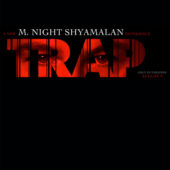

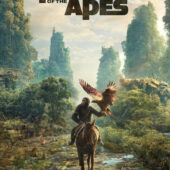

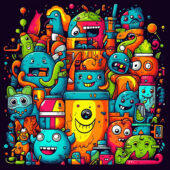


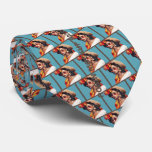

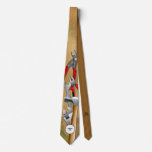
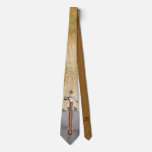


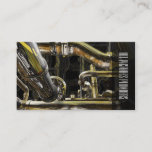

![Colorful Gowns and Trees at 2012 National Cherry Blossom Parade and Festival Photo [210809-0004]](https://www.filmfetish.com/img/p/2021/08/210809-0004-19x13-web-170x170.jpg)
![Vintage Auto on Saticoy Train Line Cinematic Autos Photo Print [230302-73]](https://www.filmfetish.com/img/p/2023/11/230302-73-11x85-web-170x170.jpg)
![Stephen Lang and Jason O’Mara Terra Nova TV Series Press Event Photo [221114-8]](https://www.filmfetish.com/img/p/2022/11/221114-8-11x85-web-170x170.jpg)
![Solid Gold Sex Kitten Actress Margaret Nolan (Vicky Kennedy) Photo [221205-43]](https://www.filmfetish.com/img/p/2023/01/221205-43-margaret-nolan-aka-vicki-kennedy-85x11-web-170x170.jpg)







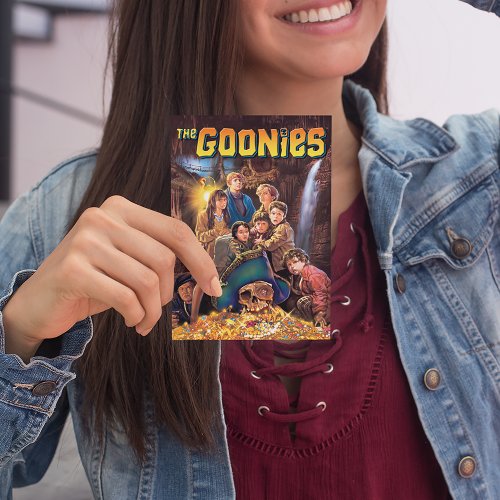

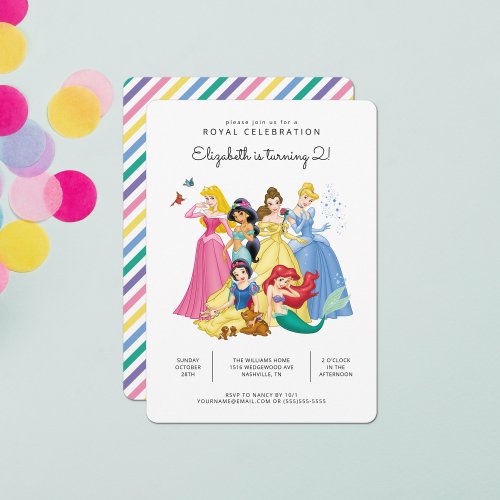
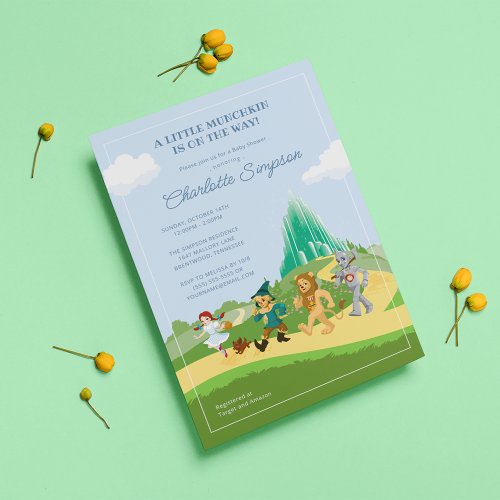
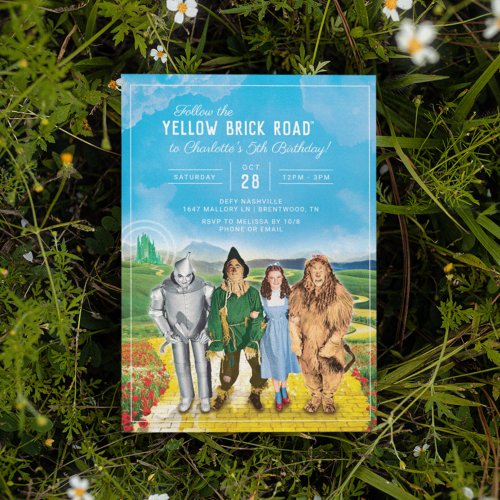

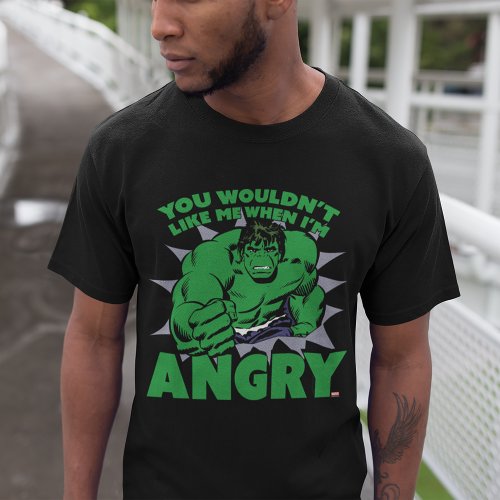

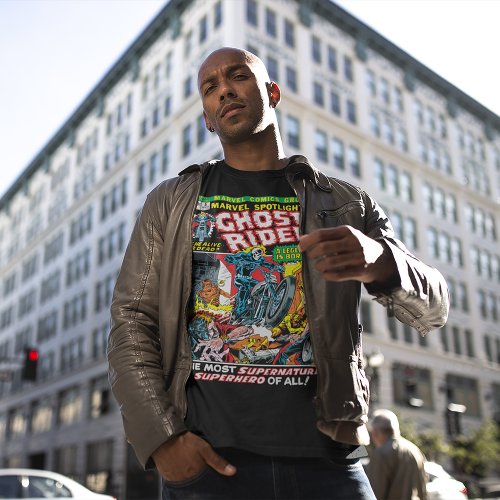

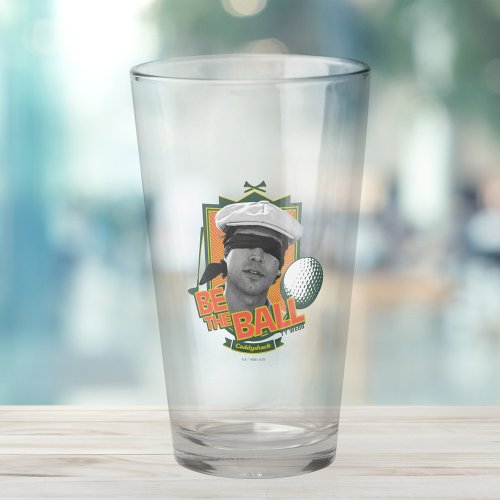
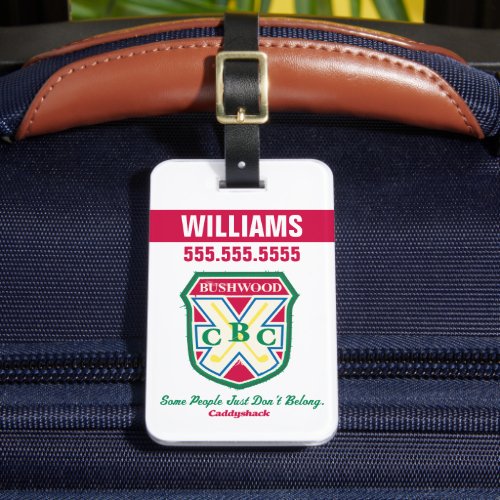
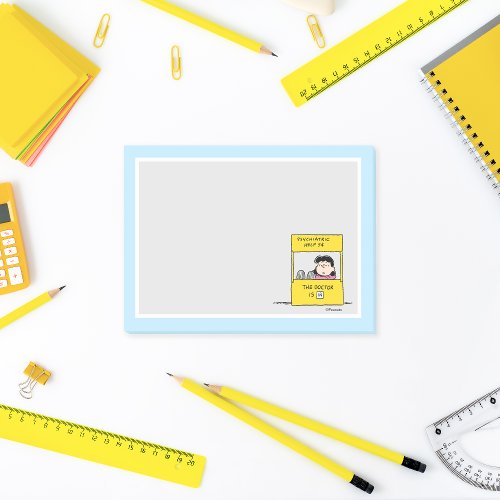
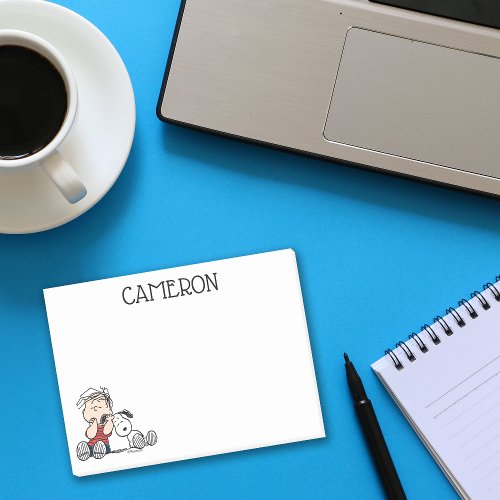

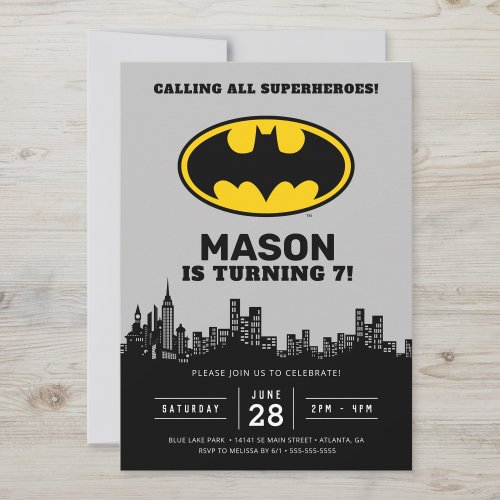
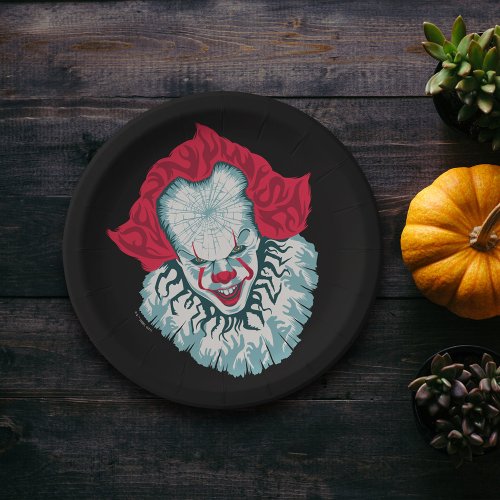
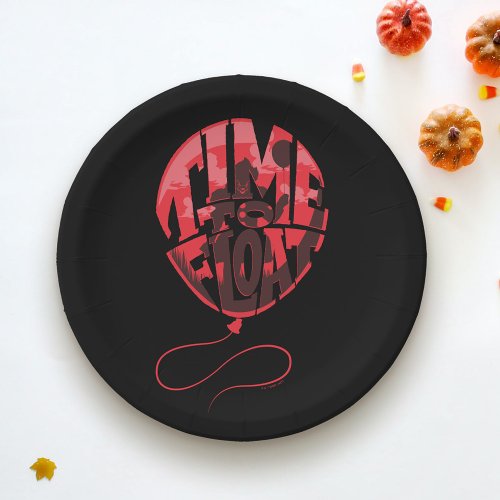
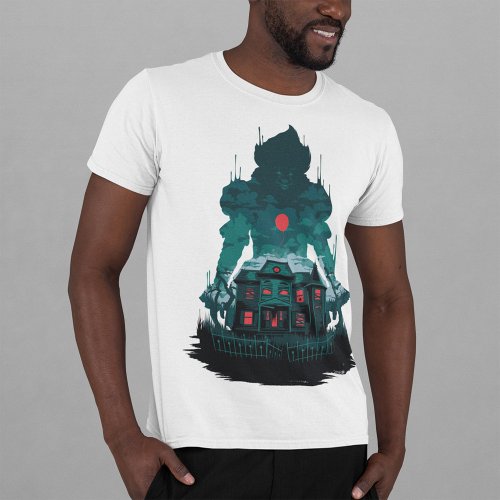
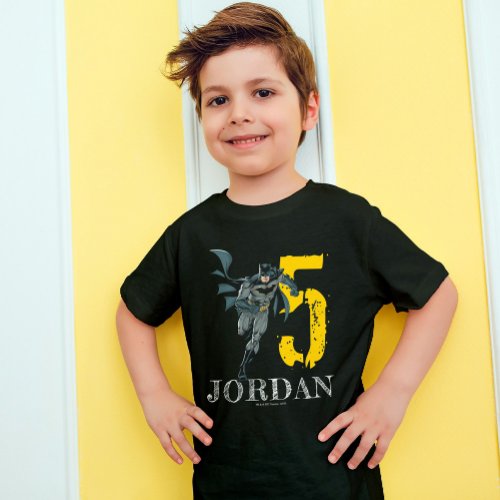
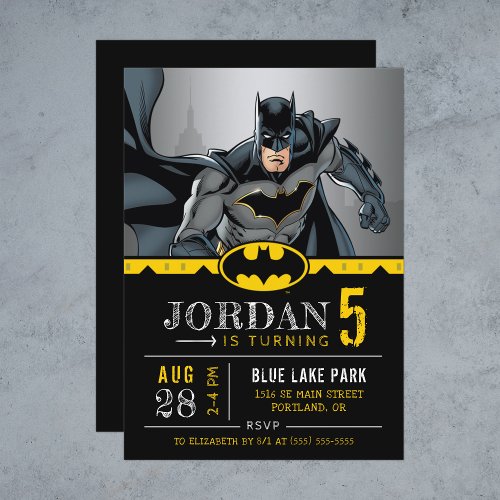
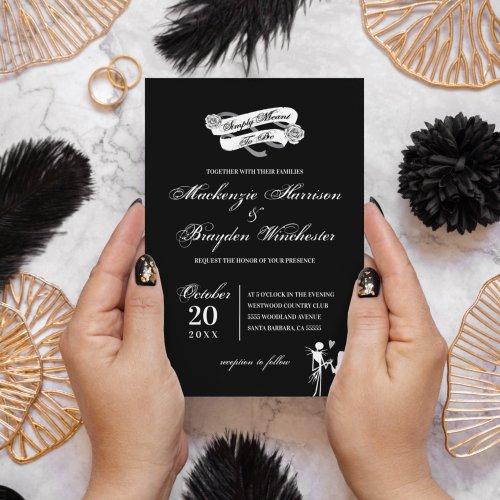
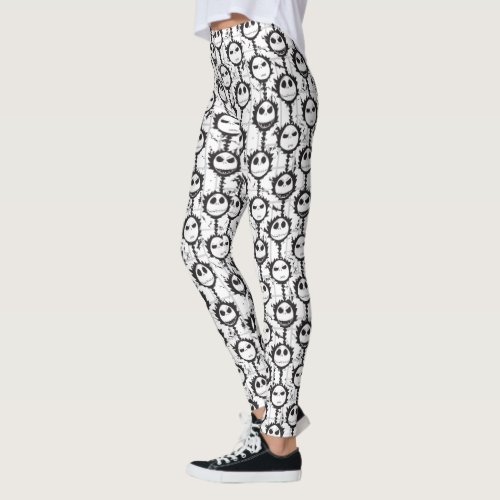
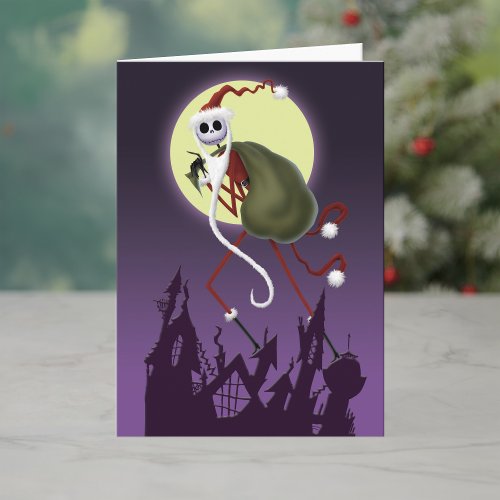

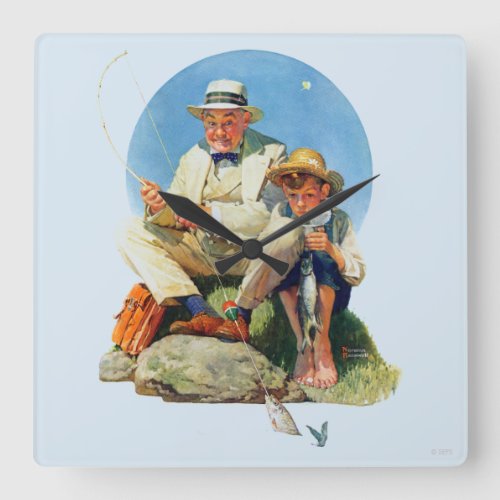
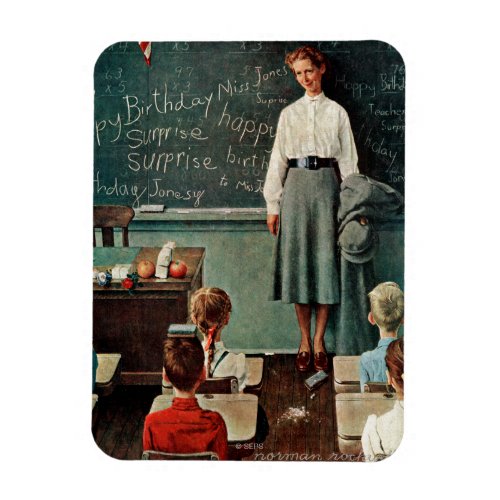
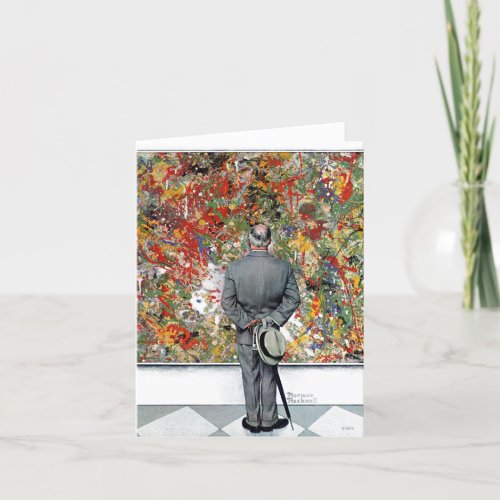
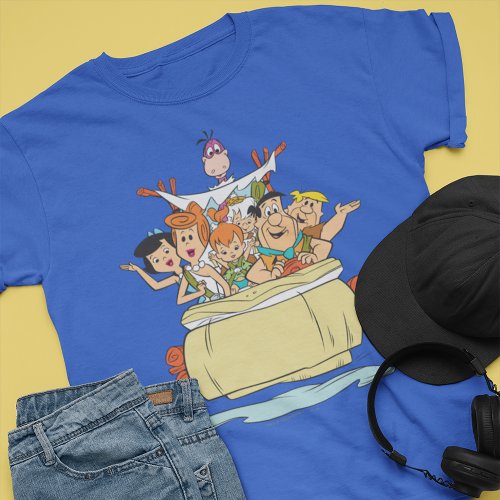
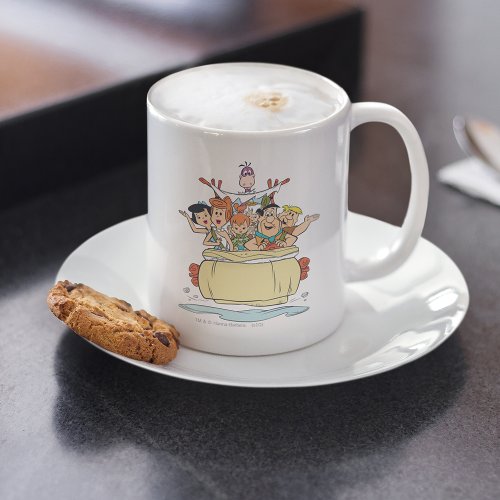

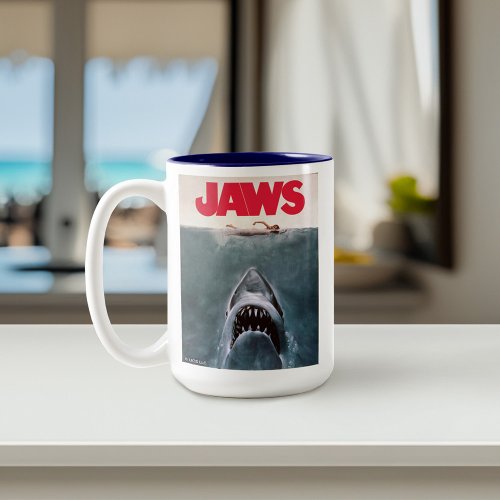
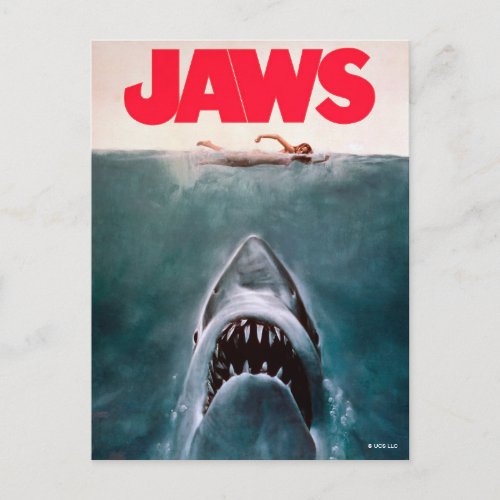
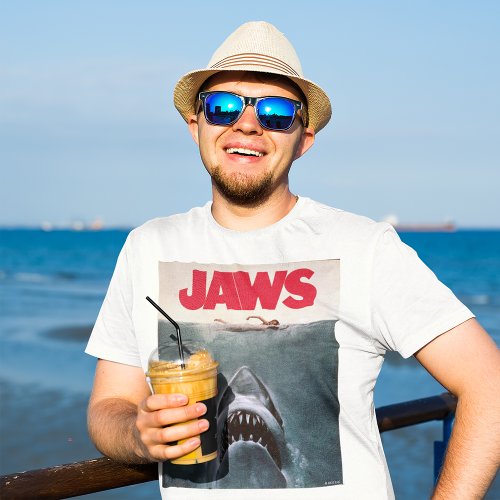

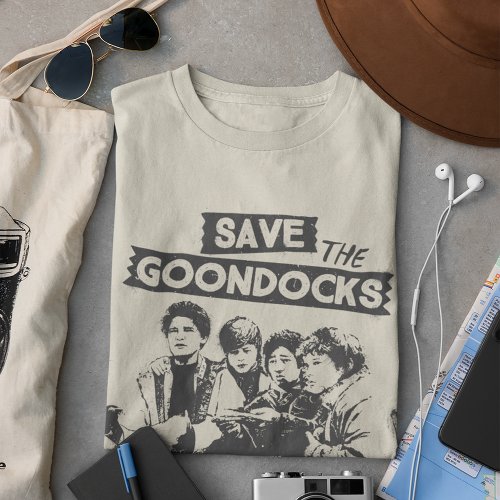
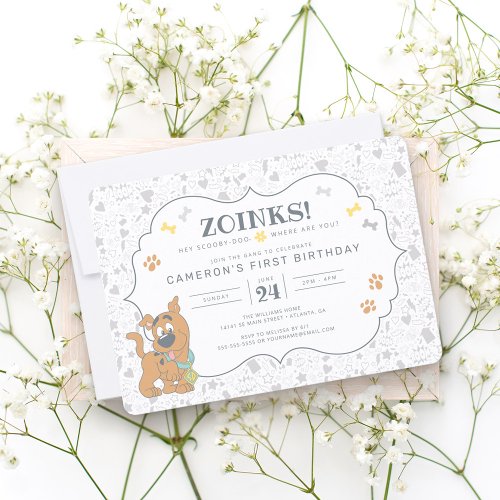
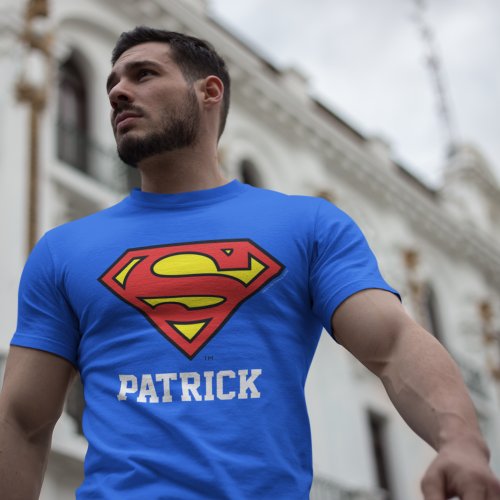
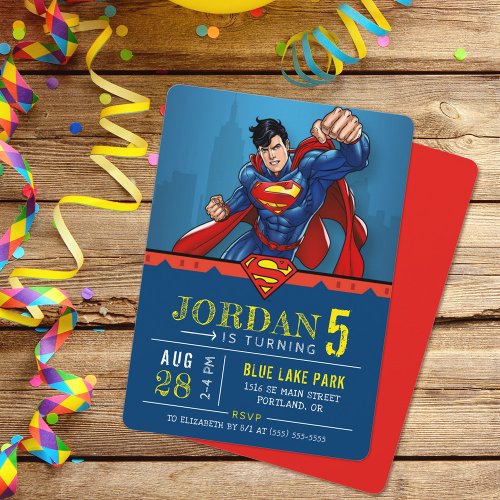
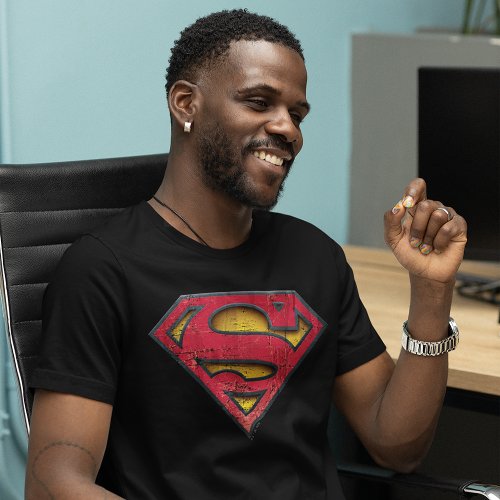
![Film Fetish Fights Print Series: Contemplating Mythology Art Poster Print [DP-230109-2]](https://www.filmfetish.com/img/p/2023/01/dp-230109-2-13x19-web-170x170.jpg)
![America: The Story of Us 3-Disc DVD Collection (2010) [313]](https://www.filmfetish.com/img/p/2020/08/america-story-of-us-01-170x170.jpg)
![Batman: Legends of the Dark Knight – Mercy No. 37 (Sept. 1992) DC Comics [B40]](https://www.filmfetish.com/img/p/2020/09/batman-legends-of-dark-knight-b40-01-170x170.jpg)
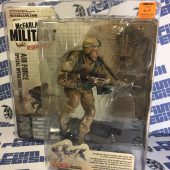
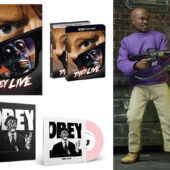
![Attack on Titan Metax Trading Card Game Demo Deck – Panini [L92] SEALED](https://www.filmfetish.com/img/p/2021/03/attack-on-titan-card-game-l92-01-170x170.jpg)
![Shadow of the Batman Classic Tales Dick Giordano, Walter Simonson [9020]](https://www.filmfetish.com/img/p/2019/10/shadow-of-the-batman-9020-01-170x170.jpg)
![Star Wars: Episode IV – A New Hope Original C-3PO (Anthony Daniels) Photo [K40]](https://www.filmfetish.com/img/p/2023/01/P1470948--170x170.jpg)

![Mass Effect: Paragon Lost (2012) 11 x 17 inch Promotional Animated Feature Film Poster [I38]](https://www.filmfetish.com/img/p/2021/05/mass-effect-i38-01-170x170.jpg)